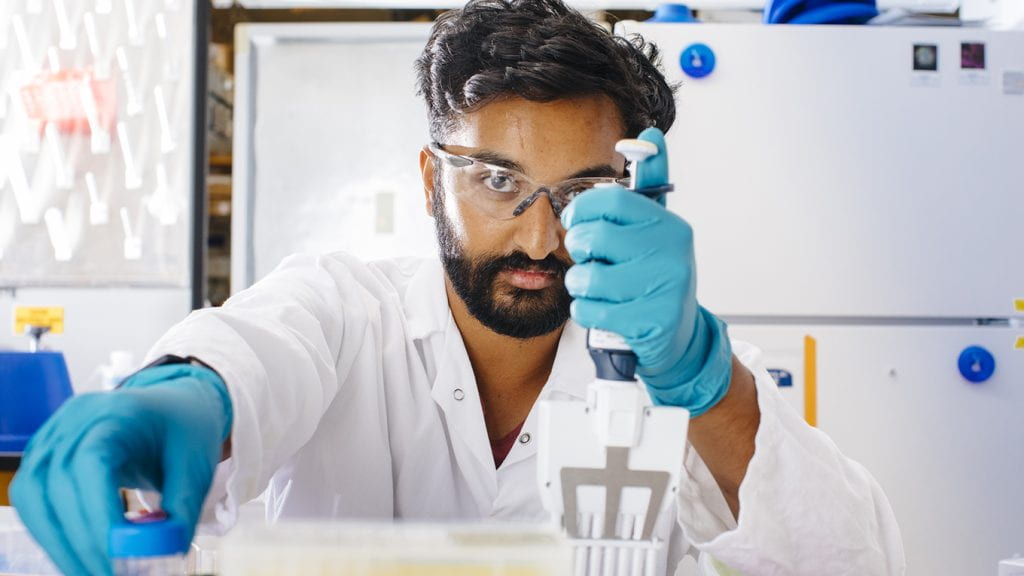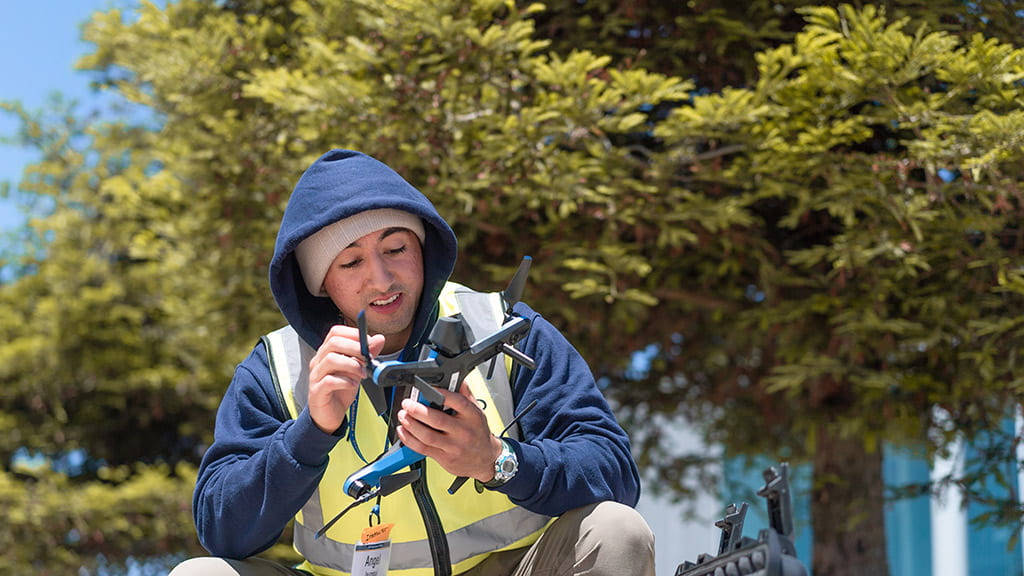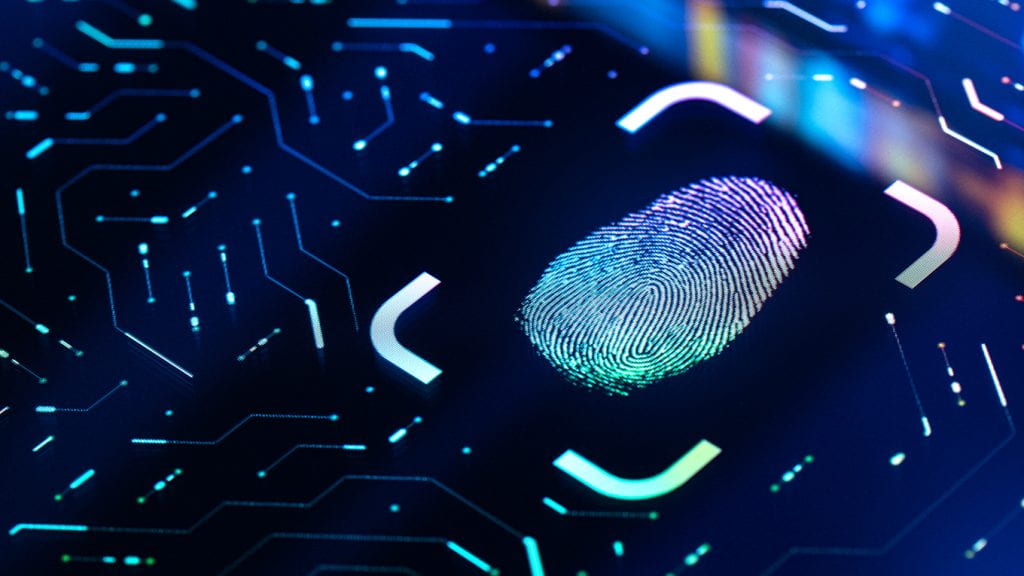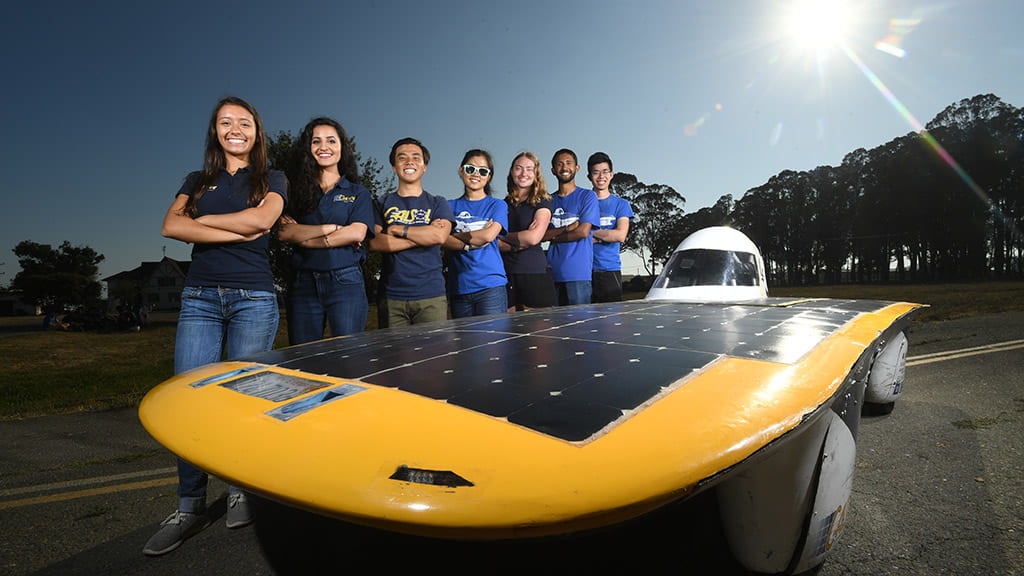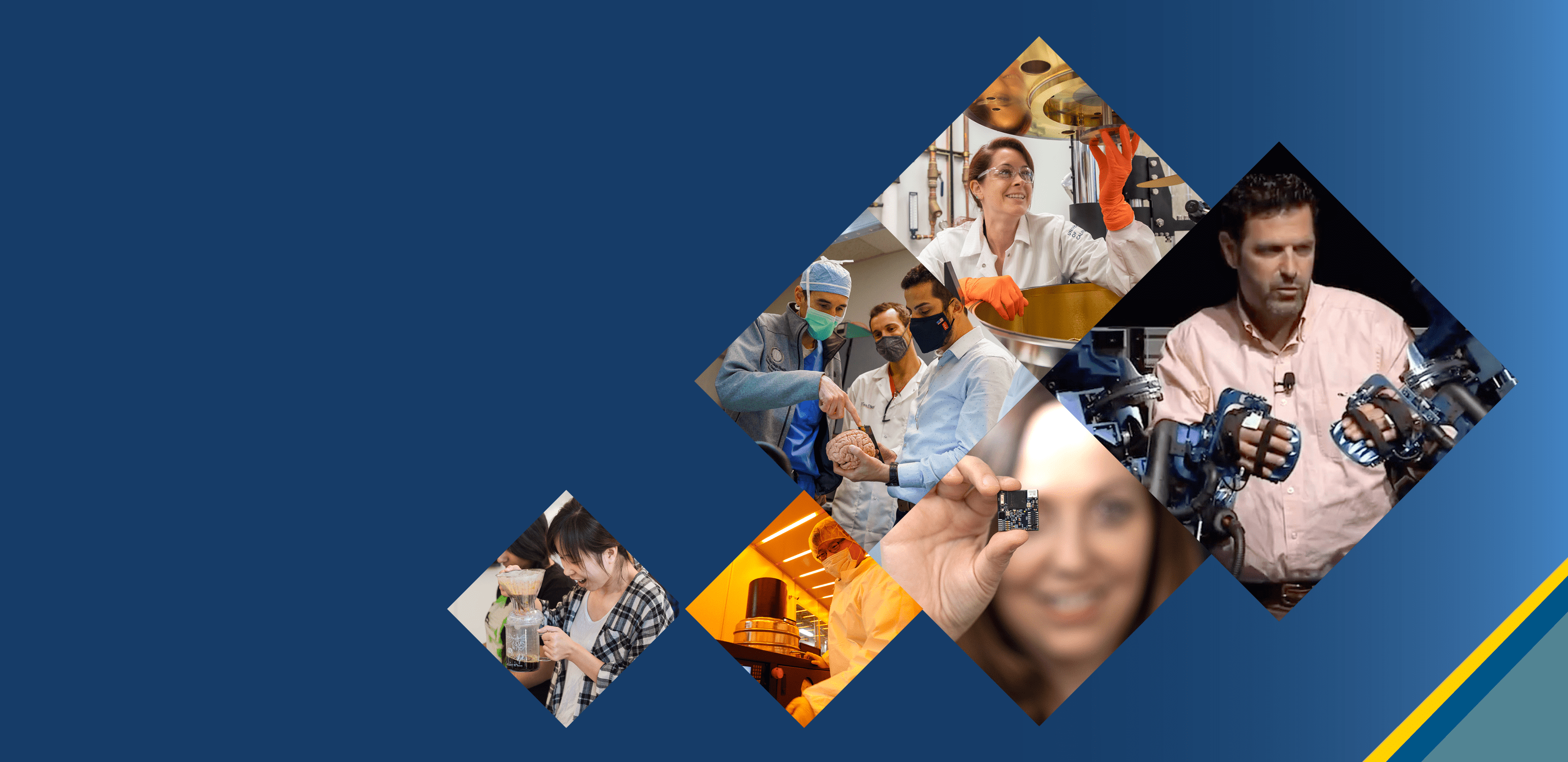
ENGINEERS WEEK
Health Engineering

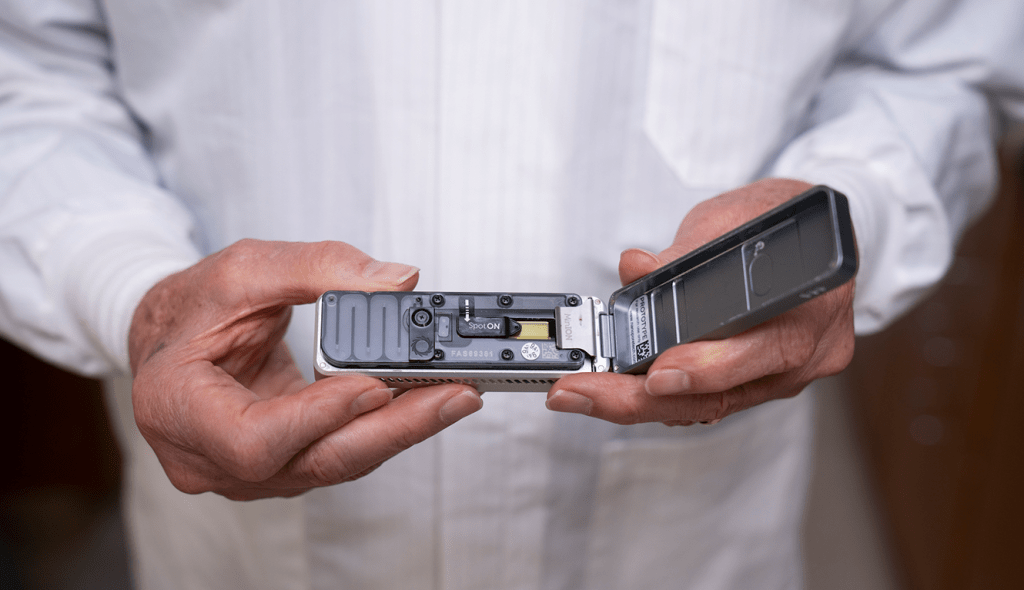
UCSC’s David Deamer and Mark Akeson honored for invention of nanopore sequencing
UCSC
This revolutionary technology has transformed the field of genomics and DNA/RNA analysis, enabling new discoveries with profound societal impacts.

Cloud technologies bring organoids into undergraduate classrooms for the first time
UCSC
For the first time, remote education tools have allowed undergraduate students to gain direct experience experimenting with cortical organoids grown at UC Santa Cruz.
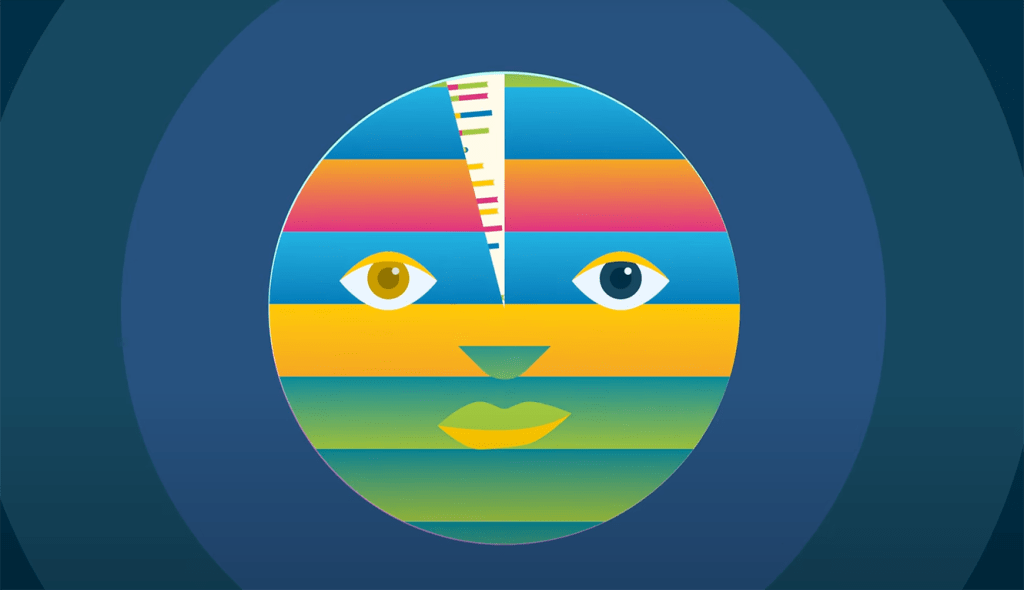
Human pangenome reference will enable more complete and equitable understanding of genomic diversity
UCSC
A new, usable reference for genomics that combines the genetic information of 47 individuals from different ancestral backgrounds to allow for a deeper, more accurate understanding of worldwide genomic diversity.
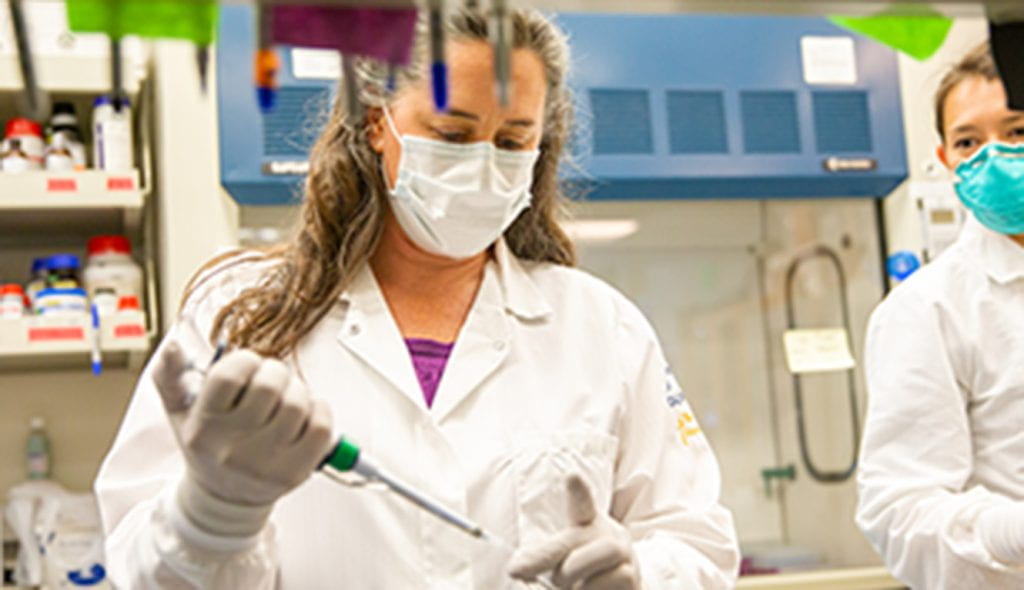
Prestigious $3.8M NIH grant awarded to biomolecular engineering professor to develop an RSV vaccine
UC Santa Cruz
Associate Professor of Biomolecular Engineering Rebecca DuBois will use the five-year grant to develop a vaccine for respiratory syncytial virus, a common and potentially dangerous virus.

Deep dive into heart-cell dynamics
UC Santa Barbara
Professor Beth Pruitt’s lab specializes in designing and making micro-devices used to measure—with high precision—how cells, and especially those in human heart tissue, respond to changes in their environment. (PDF)

Study finds medical procedure that rejuvenates old human blood
UC Berkeley
UC Berkeley researchers discovered that old blood can be returned to a youthful state via a rapid and dramatic dilution of old plasma.

Bioengineers work on new technology to look deep inside living tissue and tumors
UC Merced
Bioengineering Professor Changqing Li is building a high-resolution CT imaging scanner that will allow scientists to study and understand how oxygen plays a role in cancer therapy and stem cells growing in deep tissue such as bone marrow.

Hallmark cancer gene regulates RNA ‘dark matter’
UC Santa Cruz
Novel findings by Associate Professor of Biomolecular Engineering Daniel Kim and lab are a promising step in the development of new tests for cancer early detection.
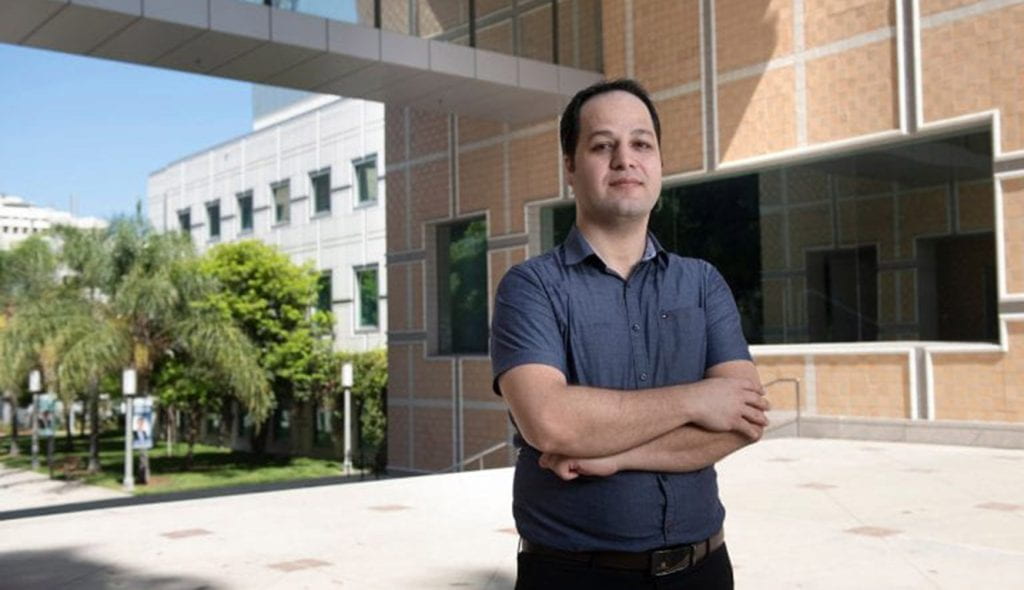
UCI researchers invent a health monitoring wearable that operates without a battery
UC Irvine
A new self-powered, wristwatch-style health monitor invented by researchers at the UC Irvine can keep track of a wearer’s pulse and wirelessly communicate with a nearby smartphone or tablet – without needing an external power source or a battery.

Robot sleeves for kids with cerebral palsy
UC Riverside
UC Riverside engineers are developing low-cost, robotic “clothing” to help children with cerebral palsy gain control over their arm movements.

New bioengineering study aims to understand the mechanisms of inflammation
UC Merced
Bioengineering Professor Eva de Alba Bastarrechea, postdoctoral scholar Meenakshi Sharma, and graduate students are researching how to control and inhibit inflammasomes, the multiprotein complexes that spark the body’s inflammatory response.

Cyborg cells could be tools for health and environment
UC Davis
Biomedical engineers at UC Davis have created semi-living “cyborg cells,” which could have a wide range of applications, from producing therapeutic drugs to cleaning up pollution.

Bringing arsenic-safe drinking water to rural California
UC Berkeley
UC Berkeley engineers are field testing a simple and low-cost new arsenic treatment system that is designed to help small, rural communities access arsenic-safe drinking water.

Making prosthetics more lifelike
UC Davis
A team of engineers, scientists, and surgeons at UC Davis are working together to make life easier for amputees through a combination of surgery, advanced machine learning, and smart prosthetics.

The pathway to UV lights that can destroy viruses
UC Santa Barbara
UV lights—those emitting in the very short, ultraviolet, wavelengths—provide promising solutions for disinfection of shared surfaces and spaces to prevent the COVID-19 virus. (PDF)
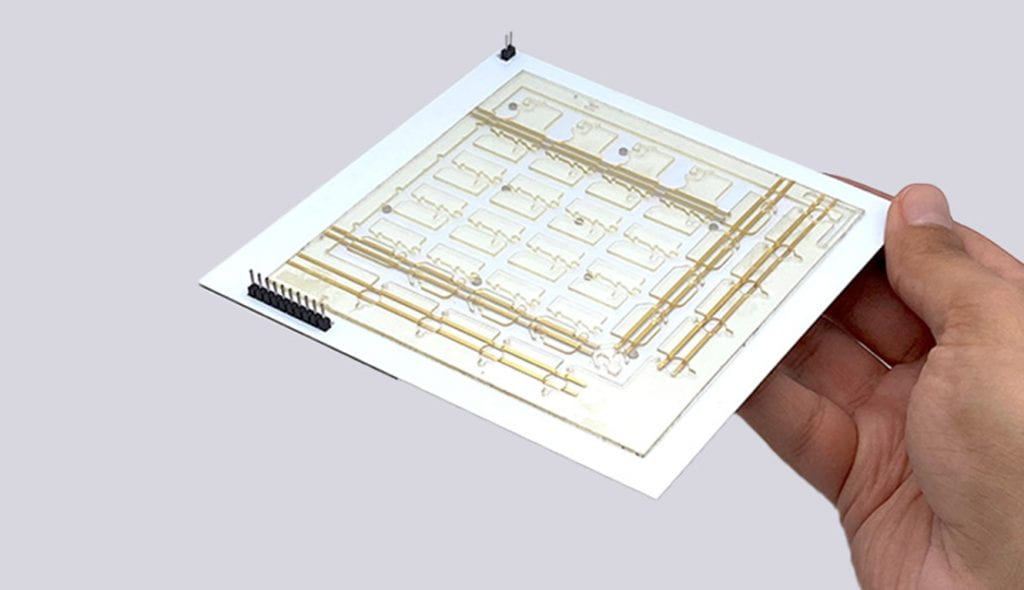
Handheld diagnostic lab offers point-of-care solution for future pandemics
UCLA
UCLA researchers have developed a technology that could significantly increase the speed and volume of disease testing, while reducing the costs and usage of scarce supplies.

Grabbing the golden goose
UC Irvine
Tibor Juhasz, a UCI professor of ophthalmology and biomedical engineering, won a 2022 Golden Goose Award for helping to develop a now widely used LASIK surgery device.
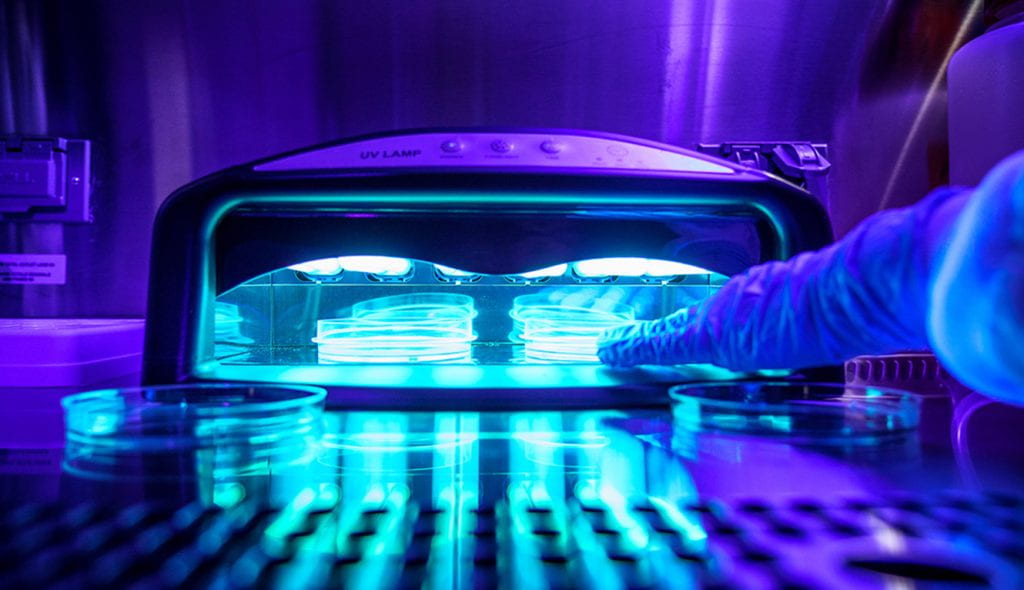
In cells, UV-emitting nail polish dryers damage DNA and cause mutations
UC San Diego
Researchers at UC San Diego found that chronic use of ultraviolet (UV) nail polish drying devices leads to cell death and cancer-causing mutations in human cells.

The unintended consequences of using a ventilator
UC Riverside
A recent study by a group of UC Riverside researchers details the major differences between how we naturally breathe versus how ventilators make us breathe. These results are critical, particularly in context of the COVID-19 pandemic and the rush to build ventilators.

UCLA scientists develop durable material for flexible artificial muscles
UCLA
UCLA materials scientists and colleagues at the nonprofit scientific research institute SRI International have developed a new material and manufacturing process for creating artificial muscles that are stronger and more flexible than their biological counterparts.


